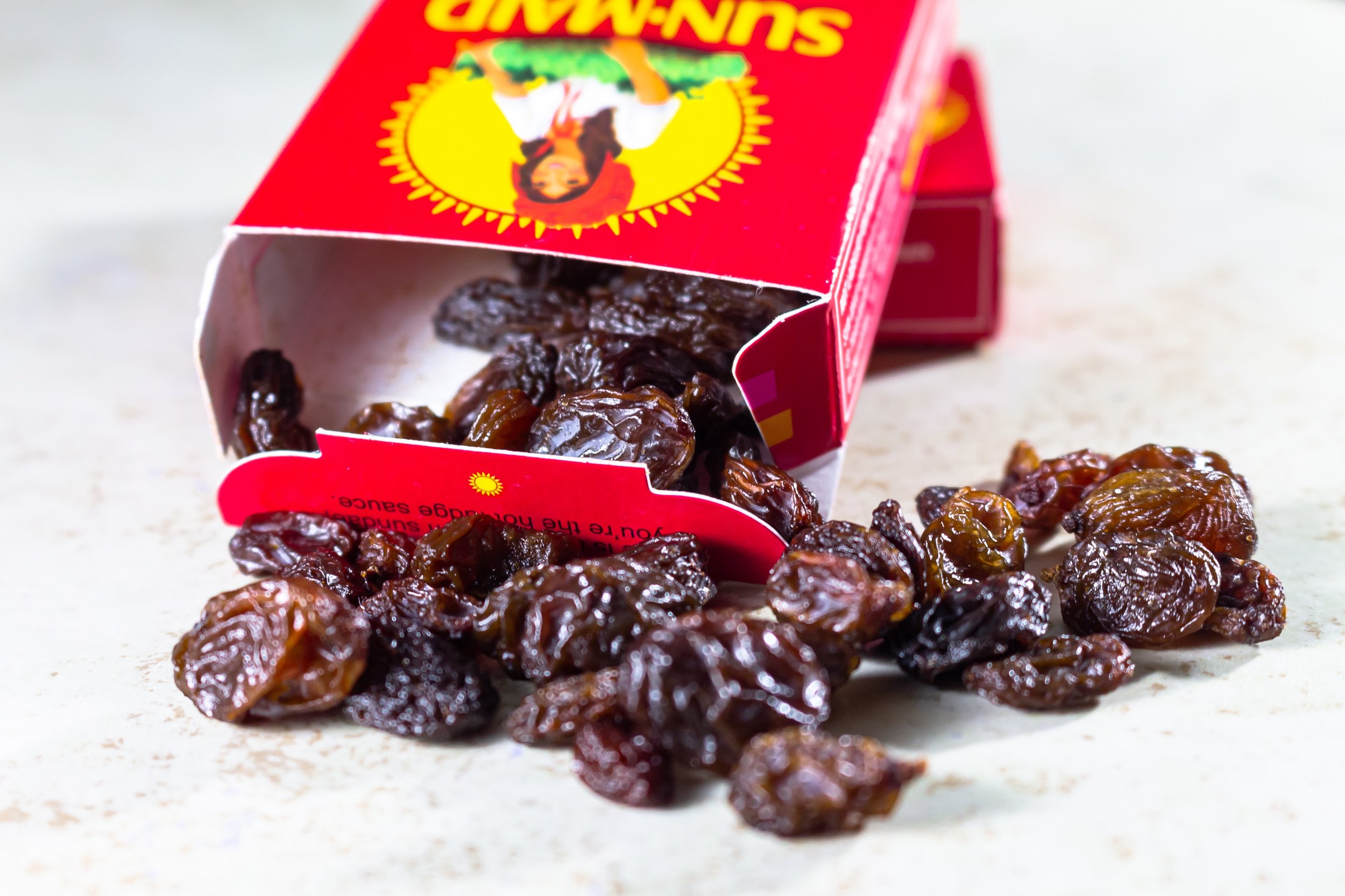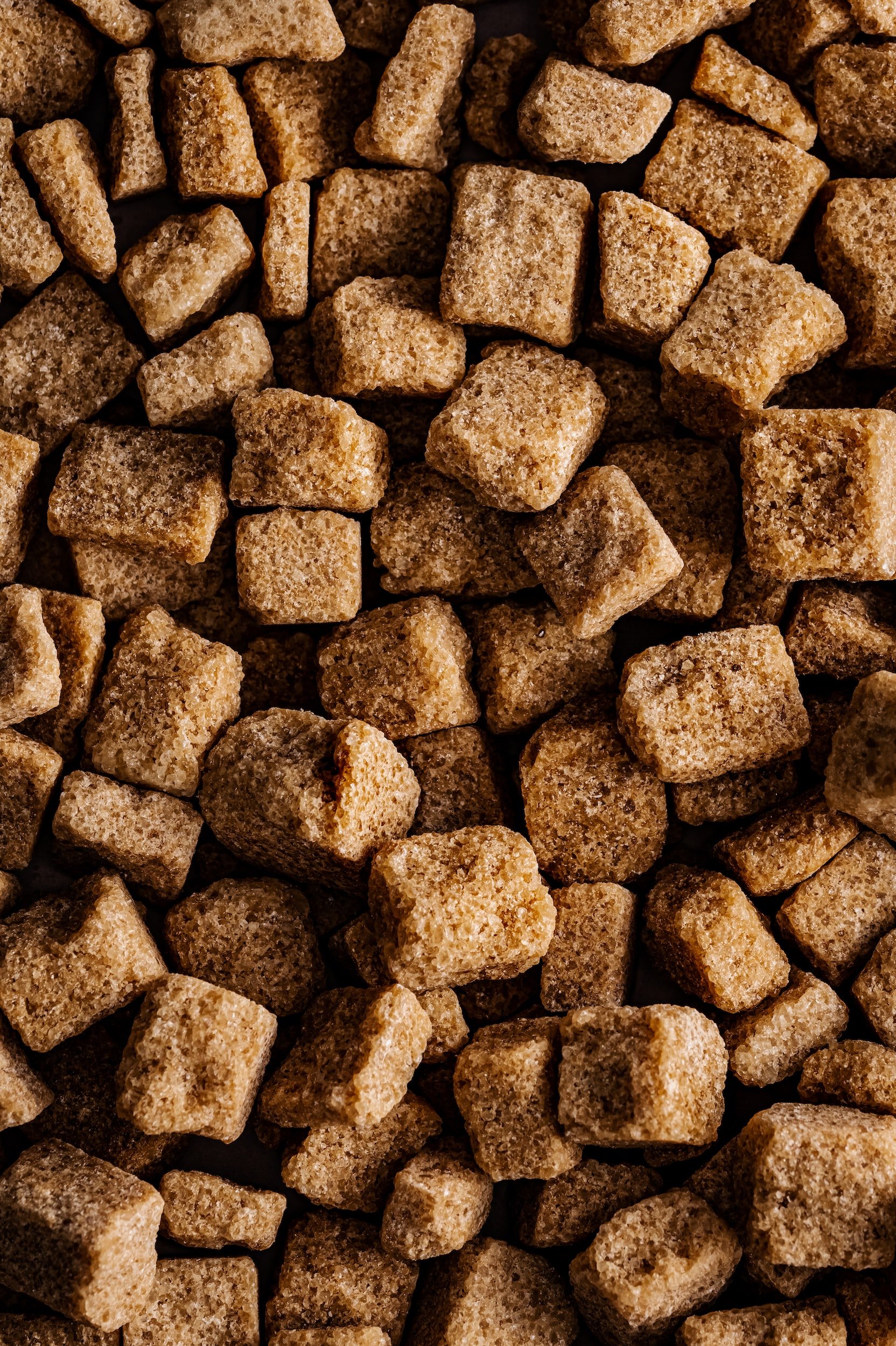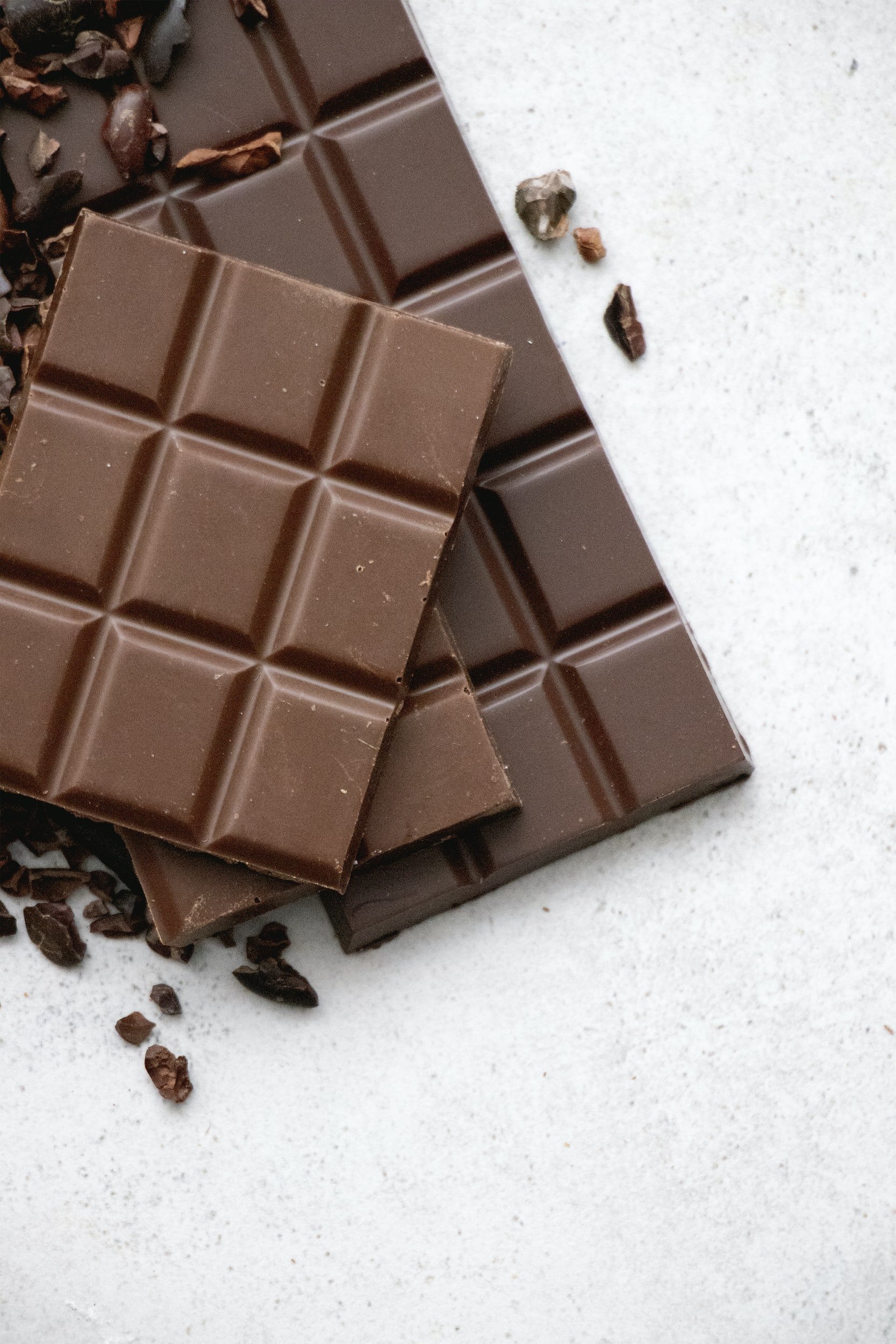Appassimento, what is it?
Why does this wine taste so different, but it uses the same grape type I already know and love? Well, it could be that they utilized a grape drying process to change the characteristics of the wine, aptly named “appassimento.”
The Italian word “appassimento” translates to “drying,” which is the process grapes undergo with the appassimento style of winemaking. The winemaker will harvest the grapes and put them onto racks in a ventilated storage area, where they will undergo a partial drying process (visualize grapes slowly turning into rasins). This process, depending on the winemakers style, can last from days to months. What’s leftover is a batch of very sweet and intensely flavoured grapes.
Partially dried grapes hanging from their vines
Very unique flavour characteristics are created from this method as the grapes have taken time to slowly decay and evolve into something very different than its freshly picked counterpart. Some of the characteristics imparted in this style include dark berries such as black cherries, and for slightly brighter/sweeter styles of this wine you can find notes of rasins, brown sugar, and dark chocolate. The most predominant I find are the black cherry and resin notes, the brown sugar and chocolate are typically a little harder to pick out and are not present in every example.
The drastic reduction in water content from drying the grapes also imparts changes to the winemaking process by increasing their sugar ratios. This additional sweetness can sometimes be left in the wine and detected on the palate, but more often it is converted during fermentation to achieve higher alcohol levels. This is why many wines using this method regularly achieve a hearty 15% to 16% abv. Overall, the flavours of the appassimento style are unique and unable to be replicated by using cheaper methods of production, which leads us to the most important question, what are these wines going to cost me?
Without sugar-coating it, utilizing appassimento in a blend is expensive. Aside from the costs of physical space, equipment, and time, there is the added loss in water content in the grapes. The loss is typically in the range of 30% - 40%, resulting in drastically reduced potential yield from the grapes. Obviously this means an overall more expensive bottle of wine. Arguably the peak of these style of wines is called Amarone, made in Italy’s famous Valpolicella region in the province of Verona. For example, Amarone examples start around $40 CAD and then can skyrocket in price from there. However, many producers outside of the classic Valpolicella region are exploring the use of this method with smaller proportions of dried grapes, and I believe this has been a success.
A good example here of a wine that utilizes appassimento, but costs is a fraction of the price of its bigger brothers. It is an excellent wine at a great price, and there are many other examples out there as well. Starting with something like this and working your way up to a more expensive classic bottling of Amarone will be much more rewarding than if you just start with expensive examples right away. It will allow you to explore the differences slowly, truly appreciating the higher-end examples when you get to them.
Wines utilizing appassimento are fantastic, unique, and hold great potential for longer term aging in higher-end examples. It may not be for everyone, as this style can be divisive, but if you are looking for a unique experience with flavours unlike others, these are a must try category.




